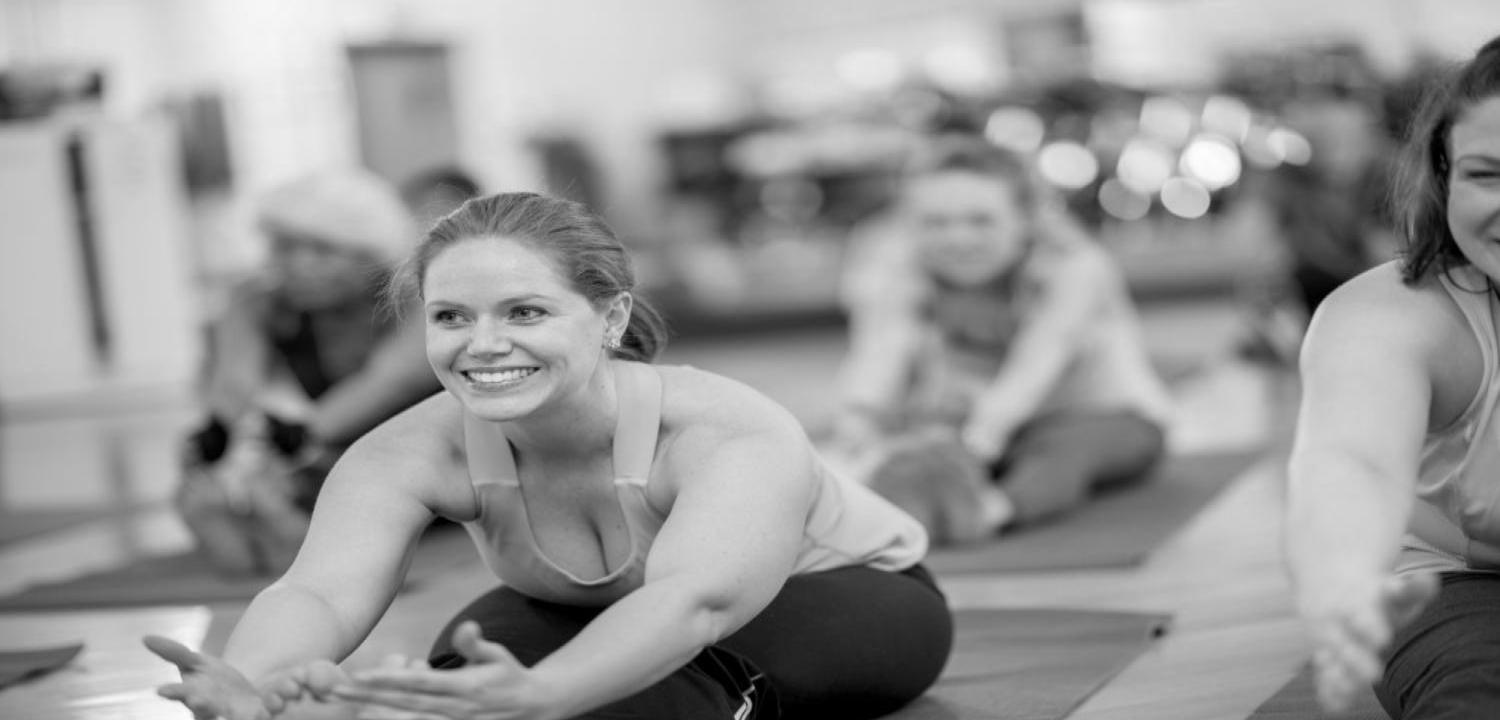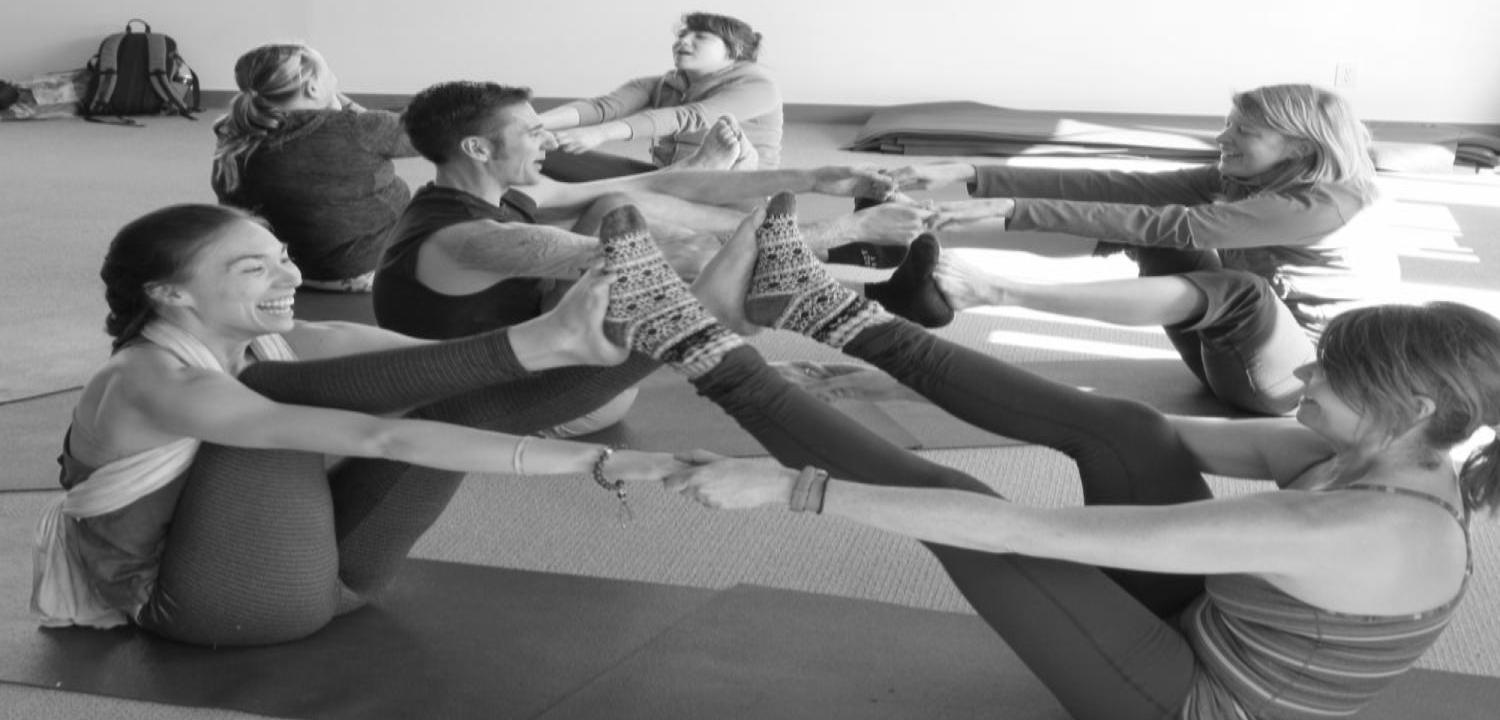Become A Yoga Teacher Starting At Only $2295.
What I Learned Doing a Yoga Teacher Training
Embarking on a yoga teacher training journey is transformative. It’s a deep dive into the practice, philosophy, and teaching of yoga. Throughout my training, I encountered invaluable lessons that shaped both my personal practice and my teaching approach. Here, I share what I learned during my yoga teacher training, reflecting on the wisdom that continues to guide me.
Understanding the Philosophy: The Heart of Yoga
Yoga teacher training isn’t just about mastering poses. It’s about understanding the deeper philosophy behind the practice. The Yoga Sutras of Patanjali, the Bhagavad Gita, and other ancient texts provided a foundation for this understanding. These teachings emphasize the importance of mindfulness, self-discipline, and non-attachment.
One key lesson was the concept of Ahimsa, or non-violence. Ahimsa teaches us to approach our practice with compassion. This applies not only to others but also to ourselves. I learned to honor my body’s limits and to avoid pushing myself beyond what felt right.
 Another important concept is Svadhyaya, or self-study. This principle encourages ongoing self-reflection and learning. During training, I regularly practiced self-inquiry, asking myself why I was drawn to yoga and what I hoped to achieve. This practice deepened my understanding of my motivations and challenges.
Another important concept is Svadhyaya, or self-study. This principle encourages ongoing self-reflection and learning. During training, I regularly practiced self-inquiry, asking myself why I was drawn to yoga and what I hoped to achieve. This practice deepened my understanding of my motivations and challenges.
Isvara Pranidhana, or surrender to a higher power, was another transformative teaching. This concept taught me the importance of letting go of the need to control everything. By surrendering to the flow of life, I found greater peace and acceptance in my practice and daily life.
These philosophical teachings enriched my practice, reminding me that yoga is not just physical but a holistic journey toward self-awareness and inner peace.
Mastering the Asanas: The Physical Practice
Yoga teacher training provided an in-depth exploration of asanas, or poses. I learned that each pose has a purpose, from building strength to increasing flexibility to promoting relaxation. The alignment in each pose is crucial, not just for safety but for maximizing the benefits.
During training, we dissected each asana, focusing on proper alignment and breath. I learned how subtle adjustments could transform a pose, making it more effective and comfortable. The importance of bandhas (energy locks) and drishti (gaze points) also became clear. Engaging these elements enhances focus and stability in practice.
Understanding the chakras (energy centers) was another key aspect of asana practice. I learned how different poses activate specific chakras, promoting balance and energy flow throughout the body. For example, backbends like Ustrasana (Camel Pose) open the heart chakra, while grounding poses like Tadasana (Mountain Pose) activate the root chakra.
 Training also emphasized the importance of modifying poses for different bodies. I learned how to offer variations and props to make yoga accessible to everyone. This was a vital lesson, as it taught me to honor the diversity of bodies and abilities in my future classes.
Training also emphasized the importance of modifying poses for different bodies. I learned how to offer variations and props to make yoga accessible to everyone. This was a vital lesson, as it taught me to honor the diversity of bodies and abilities in my future classes.
Through this detailed study of asanas, I gained a deeper appreciation for the physical practice of yoga. It’s not just about the pose but about how the pose serves the practitioner. This understanding has transformed the way I practice and teach yoga.
The Power of Breath: Pranayama Techniques
Pranayama, or breath control, is an essential aspect of yoga. During my training, I learned how powerful the breath could be in transforming both the mind and body. Pranayama techniques like Ujjayi (Victorious Breath) and Nadi Shodhana (Alternate Nostril Breathing) became integral to my practice.
Ujjayi breath, with its oceanic sound, helps create heat and focus during asana practice. I learned to synchronize my breath with movement, making each practice more meditative and controlled. The breath became my anchor, grounding me in the present moment.
Nadi Shodhana, on the other hand, balances the two hemispheres of the brain. This technique is particularly useful for calming the mind and reducing stress. I found this practice especially helpful during moments of anxiety, both on and off the mat.
Another valuable technique was Kapalabhati (Skull Shining Breath), a powerful breath that energizes the body and clears the mind. This practice taught me the importance of breath in managing energy levels and maintaining mental clarity.
Understanding the relationship between breath and energy was a profound lesson. I realized that the breath is the bridge between the body and mind, influencing our physical, mental, and emotional states. Through pranayama, I learned to harness this power, using the breath as a tool for healing and transformation.
 Teaching with Compassion: The Art of Instruction
Teaching with Compassion: The Art of Instruction
One of the most important lessons I learned was the art of teaching with compassion. Teaching yoga is not just about leading a class; it’s about creating a safe, supportive environment where students can explore and grow. This requires empathy, patience, and the ability to connect with each student on a personal level.
I learned the importance of meeting students where they are, rather than pushing them to achieve a certain pose or level. This approach aligns with the principle of Ahimsa, or non-violence, ensuring that students feel respected and cared for in their practice.
Effective communication is another key aspect of compassionate teaching. I learned how to give clear, concise instructions, using both verbal cues and demonstrations. This helps students understand the alignment and intention of each pose, reducing the risk of injury and enhancing their experience.
I also discovered the importance of offering adjustments and variations. Every body is different, and what works for one person may not work for another. By offering options and modifications, I learned to make yoga accessible and inclusive for all.
Finally, I learned the importance of self-care as a teacher. Teaching yoga requires energy and presence, and it’s essential to recharge and maintain my own practice. By caring for myself, I can show up fully for my students, offering them the best possible experience.
Through these lessons, I developed a teaching style that is compassionate, inclusive, and student-centered. This approach not only benefits my students but also makes teaching a rewarding and fulfilling experience for me.
 Integrating the Practice: Yoga as a Lifestyle
Integrating the Practice: Yoga as a Lifestyle
Yoga teacher training taught me that yoga is more than just a practice on the mat; it’s a lifestyle. The principles of yoga extend beyond the studio, influencing every aspect of life, from how we eat to how we interact with others.
One of the key teachings was the importance of living in alignment with yamas (ethical principles) and niyamas (personal observances). These guidelines offer a framework for living a life of integrity, compassion, and mindfulness. For example, Satya (truthfulness) encourages honesty in our words and actions, while Saucha (cleanliness) emphasizes purity of body and mind.
Training also highlighted the importance of mindfulness in everyday activities. Whether eating, walking, or working, I learned to bring the same presence and awareness that I cultivate on the mat. This practice of mindfulness has made my life more intentional and fulfilling.
Another important lesson was the role of community, or sangha, in the yoga lifestyle. Training brought together a diverse group of individuals, each on their own journey. The support and connection within this community were invaluable, reminding me that yoga is not just a solitary practice but a shared experience.
Finally, I learned the importance of self-care in maintaining a balanced lifestyle. Yoga teaches us to listen to our bodies and honor our needs, whether through rest, nourishment, or meditation. By integrating these practices into my daily life, I found greater peace, health, and happiness.
Through these lessons, I came to see yoga as a holistic lifestyle, one that extends beyond the mat and into every aspect of life. This understanding has transformed how I live, work, and relate to others, bringing more meaning and fulfillment into my everyday life.
Conclusion: A Journey of Transformation
My yoga teacher training was more than just a course; it was a journey of transformation. I learned the deep philosophy behind yoga, the importance of alignment in asana practice, the power of breath, the art of compassionate teaching, and how to integrate yoga into a holistic lifestyle. These lessons have not only deepened my practice but have also enriched my life in countless ways.
Yoga teacher training meets the new Google algorithm update requirements by offering valuable, high-quality content that is well-structured, informative, and relevant. This journey has equipped me with the tools to continue growing both as a practitioner and a teacher, and I look forward to sharing these teachings with others on their yoga journey.





